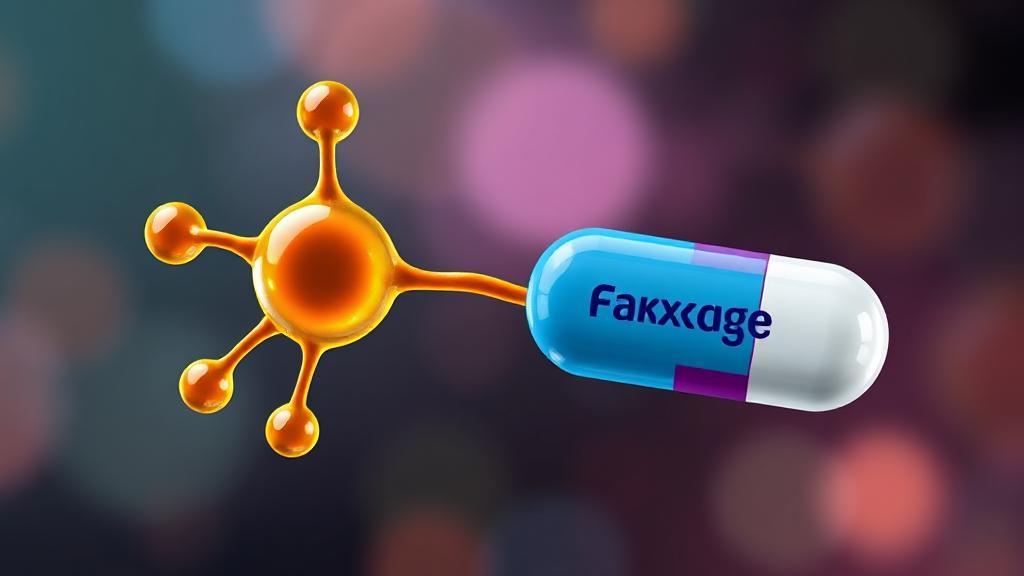What is Farxiga?
Farxiga, known generically as dapagliflozin, is a medication used primarily to treat type 2 diabetes. It belongs to a class of drugs called SGLT2 inhibitors (sodium-glucose co-transporter-2 inhibitors). These medications help control blood sugar levels by preventing the kidneys from reabsorbing glucose back into the bloodstream.
The Basic Mechanism
SGLT2 inhibitors work differently from traditional diabetes medications. Instead of affecting insulin production or sensitivity, Farxiga targets the kidneys' filtering system. Here's the step-by-step process:
- The kidneys filter blood and typically reabsorb glucose
- SGLT2 proteins are responsible for this glucose reabsorption
- Farxiga blocks these SGLT2 proteins
- Excess glucose is expelled through urine
- Blood sugar levels decrease as a result
Benefits of Using Farxiga
Improved Glycemic Control
By reducing blood sugar levels, Farxiga helps in achieving better glycemic control, which is crucial for preventing diabetes-related complications and managing symptoms.
Cardiovascular Benefits
Research has shown that Farxiga offers significant cardiovascular protection, including:
- Reduced risk of heart failure
- Lower risk of cardiovascular death
- Improved blood pressure control
- Decreased arterial stiffness
Weight Management
"SGLT2 inhibitors like Farxiga can lead to an average weight loss of 2-3 kg over 6-12 months of treatment, making them particularly beneficial for patients struggling with both diabetes and weight management."
Renal Protection
Recent studies have demonstrated Farxiga's protective effects on kidney function:
- Reduces albuminuria
- Slows the progression of chronic kidney disease
- Lowers risk of end-stage kidney disease
Important Considerations and Side Effects
Who Should Avoid Farxiga?
- Type 1 Diabetes: Farxiga is not recommended for individuals with type 1 diabetes or those with diabetic ketoacidosis
- Severe Kidney Disease: Patients with severe kidney impairment should avoid this medication
Common Side Effects
- Urinary tract infections
- Genital yeast infections
- Dehydration
- Low blood pressure
Drug Interactions
| Medication Type | Interaction Level | Monitoring Needed |
|---|---|---|
| Diuretics | Moderate | Yes |
| Insulin | Moderate | Yes |
| Blood Pressure Meds | Mild to Moderate | Yes |
Lifestyle Considerations
Diet and Exercise
- Maintain a balanced diet
- Stay physically active
- Monitor carbohydrate intake
- Stay well-hydrated
Regular Monitoring
- Keep track of blood sugar levels
- Monitor weight changes
- Note any side effects
- Maintain regular medical check-ups
For more detailed information about Farxiga and diabetes management, visit the American Diabetes Association website or the FDA's official page on Farxiga.
